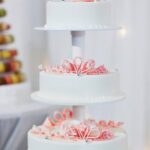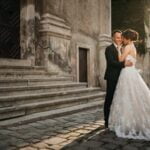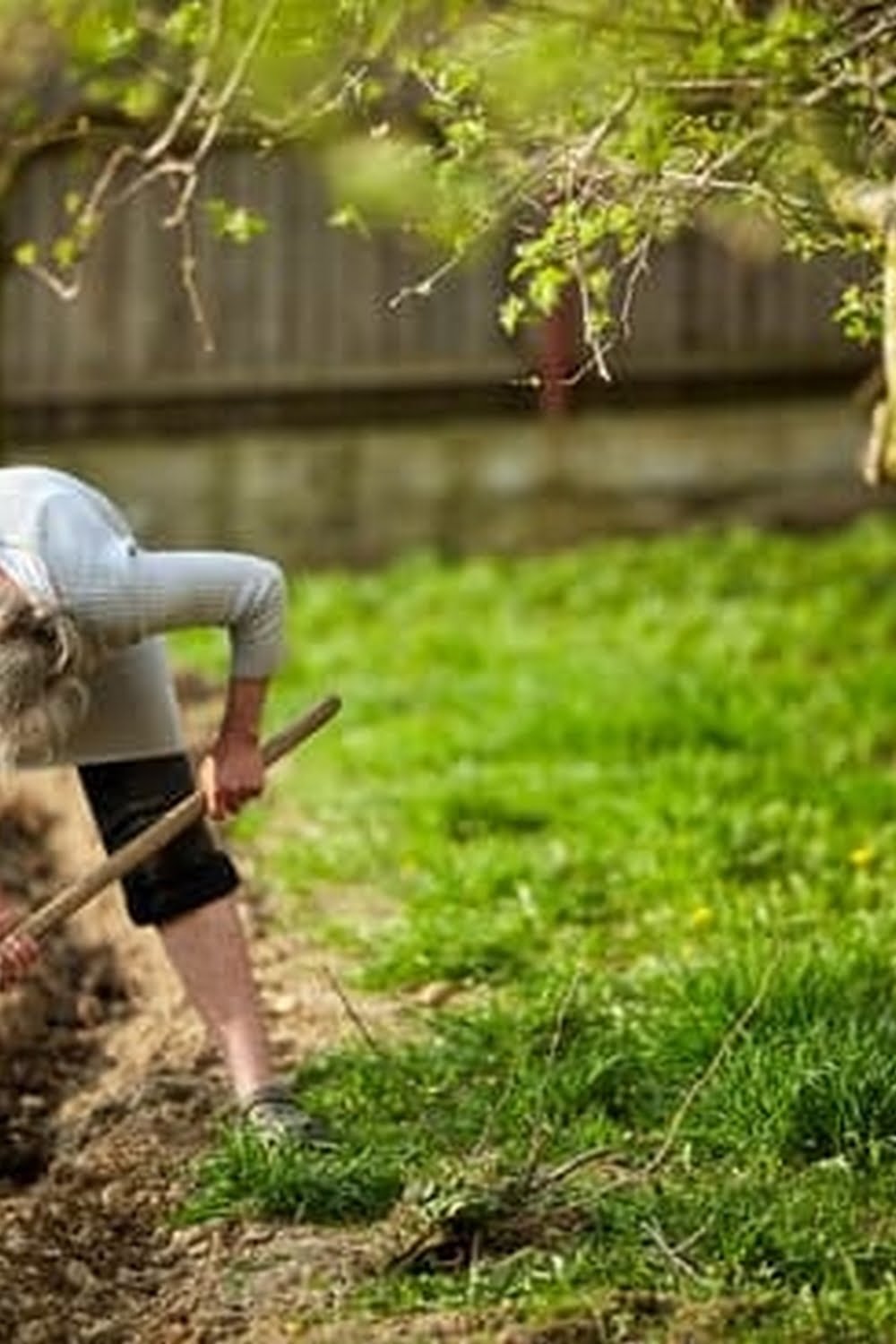Are you looking to learn how to decorate vintage cake? The art of vintage cake decorating is a cherished tradition that has been passed down through generations.
In this article, we will explore the history and significance of vintage cakes, as well as discuss the timeless appeal of vintage cake decorating. Whether you’re an experienced baker or a novice in the kitchen, mastering the art of vintage cake decoration can bring a touch of nostalgia and elegance to any special occasion.
Vintage cakes carry with them a sense of history and tradition, making them a beloved choice for many celebrations. From classic recipes to intricate decorations, vintage cakes have stood the test of time and continue to be cherished by bakers and dessert enthusiasts alike. As we delve into the world of vintage cake decorating, we will uncover the essential tools, techniques, and ingredients needed to create your very own timeless masterpiece.
Join us on this journey as we unravel the secrets behind choosing the right vintage cake recipe, mastering classic decoration techniques, incorporating traditional decorations, and embracing vintage color palettes. Whether you have a love for all things retro or simply want to add a touch of elegance to your baking repertoire, learning how to decorate vintage cakes is an adventure worth embarking on.
Choosing the Right Vintage Cake Recipe
When it comes to decorating a vintage cake, choosing the right recipe is essential to achieve an authentic and delicious result. Researching and selecting a classic vintage cake recipe can be an exciting journey into the history of baking and confectionery. Whether you’re aiming for an elegant Victorian sponge or a rich chocolate torte from the early 20th century, there are numerous resources available for discovering and adapting vintage recipes to modern tastes and dietary restrictions.
One key aspect of choosing the right vintage cake recipe is understanding the flavor profile and texture that was popular during the era in which the cake originated. For example, Victorian-era cakes often featured delicate flavors such as rosewater or citrus, while mid-century American cakes may have showcased rich ingredients like buttermilk and cocoa. Understanding these nuances can help you make informed choices when selecting a vintage cake recipe to decorate.
It’s also important to consider any dietary restrictions or preferences when choosing a vintage cake recipe. Many classic recipes can be adapted to accommodate gluten-free, dairy-free, or vegan diets without sacrificing taste or texture. Additionally, exploring alternative sweeteners and flours can offer a modern twist on traditional vintage cakes without compromising their nostalgic appeal.
| Aspect | Consideration |
|---|---|
| Flavor Profile | Understanding the popular flavors of a specific era |
| Dietary Restrictions | Adapting recipes for gluten-free, dairy-free, or vegan diets |
| Alternative Ingredients | Exploring modern twists with alternative sweeteners and flours |
Essential Tools and Ingredients
Vintage cake decorating requires some essential tools and ingredients to achieve the timeless and classic look that defines this style of baking. Here are a few items to consider when preparing for your vintage cake decorating endeavors:
- Traditional cake decorating tools: Vintage cake decorating often involves using specific tools such as piping bags, tips, and turntables. These can be found in specialty kitchen stores or online retailers that cater to baking enthusiasts.
- Mixing bowls and utensils: Look for classic glass or ceramic mixing bowls and sturdy wooden or metal utensils that mimic the tools used by previous generations of bakers.
- Ingredients for vintage recipes: Vintage cake recipes often call for ingredients like buttermilk, sour cream, or lard, which may not be as commonly used in modern baking. It’s important to seek out high-quality versions of these ingredients to ensure an authentic taste.
For those who may have difficulty finding traditional cake decorating tools and ingredients, there are modern alternatives that can produce similar results:
- Silicone piping bags and tips: These are easy to clean and more durable than their traditional counterparts.
- Faux flower decorations: If edible flowers are hard to come by, consider using silk or sugar flowers as an alternative for vintage cake decoration.
- Natural food coloring: To achieve the soft pastel colors often associated with vintage cakes, natural food coloring made from fruits and vegetables can be used as a substitute for artificial dyes.
By understanding the importance of these tools and ingredients in achieving an authentic vintage look, you can ensure that your vintage cakes reflect the timeless charm of this classic style. Remember that while traditional methods are ideal for purists, modern options can also yield beautiful results in vintage cake decorating.
Mastering Vintage Cake Decorating Techniques
When it comes to vintage cake decorating, mastering the traditional techniques is essential for achieving an authentic and timeless look. From piping delicate designs to creating intricate frosting patterns, the art of vintage cake decorating requires practice and attention to detail. Whether you are a beginner or an experienced baker, understanding the step-by-step process of vintage cake decorating is crucial for perfecting your skills.
One of the most important aspects of mastering vintage cake decorating techniques is understanding the different methods used in classic cake design. This includes familiarizing yourself with frosting and icing styles such as buttercream, royal icing, and fondant. Each of these techniques has its own unique application and visual appeal, making it important to practice and experiment with different decorating tools to achieve the desired effect.
For visual learners who prefer hands-on guidance, there are numerous video tutorials and online resources available that provide detailed demonstrations of vintage cake decorating techniques. These resources can be incredibly helpful for those looking to refine their skills or learn new methods. Additionally, seeking out workshops or classes taught by experienced bakers can also provide valuable insight and personalized instruction in mastering vintage cake decorating techniques.
Incorporating Vintage Cake Decorations
When it comes to vintage cake decorating, incorporating traditional cake decorations is a key element in capturing the essence of classic baking. From edible flowers to intricate sugar art and elaborate piping designs, vintage cake decorations add a touch of nostalgia and elegance to any confectionery creation.
Exploring Traditional Cake Decorations
Traditional vintage cake decorations often include delicate edible flowers, meticulously crafted sugar art, and elaborate piping designs. Edible flowers such as roses, violets, and pansies were commonly used to adorn cakes in the past, adding a natural and romantic touch to the presentation.
Sugar art, including molded shapes like bows, ribbons, and intricate figurines, was also popular for creating visually stunning designs. Additionally, detailed piping work using buttercream or royal icing allowed bakers to showcase their artistic skills through ornate patterns and borders.
Tips for Sourcing Vintage Cake Decorations
Sourcing authentic vintage cake decorations can be a challenge in today’s modern baking landscape. However, there are various specialty stores and online retailers that offer vintage-inspired cake decorations made from high-quality materials. For those who enjoy DIY projects, creating vintage cake decorations from scratch using molds, edible paints, and fondant can be a fun and rewarding endeavor.
Creating Vintage Cake Decorations From Scratch
For bakers who want to infuse their creations with an authentic vintage charm, crafting handmade sugar art and intricate piping designs is an excellent option. By investing in the necessary tools such as piping bags, tips, molds, and edible coloring agents, bakers can create custom vintage cake decorations that add a personal touch to their baked goods.
Whether it’s molded sugar roses or intricate piped lace patterns inspired by historical design motifs, handcrafted vintage cake decorations allow for endless creativity and customization.
Color and Design Considerations
When it comes to vintage cake decorating, paying attention to color and design is essential for achieving an authentic and visually appealing result. Vintage cakes often feature delicate pastel colors, intricate floral designs, and elegant motifs that reflect the style of a bygone era. To create a cohesive vintage aesthetic with cake colors and designs, it’s important to understand the design principles commonly associated with vintage cake decorating.
One key consideration when decorating vintage cakes is the color palette. Pastel shades such as soft pink, mint green, pale yellow, and light lavender are commonly used in vintage cake decoration. These colors evoke a sense of nostalgia and romanticism, which are hallmarks of vintage aesthetics. When selecting colors for frosting, fondant, or decorative elements such as edible flowers or sugar art, opt for hues that complement each other and contribute to an overall harmonious look.
In terms of design, vintage cakes often feature intricate piping work, delicate lace patterns, or elaborate floral arrangements. These design elements add a touch of elegance and sophistication to the cake’s appearance.
When mastering vintage cake decorating techniques such as piping and frosting, it’s important to practice precision and attention to detail to achieve the desired effect. Additionally, incorporating vintage-inspired cake decorations such as pearls, ribbons, or edible gold leaf can enhance the overall visual appeal of the cake.
Overall, embracing vintage color palettes and design principles is essential for creating stunning vintage cakes that capture the timeless allure of classic confectionery artistry.
| Key Considerations | Tips |
|---|---|
| Color Palette | Select pastel shades for an authentic vintage look. |
| Design Elements | Incorporate intricate piping work and delicate floral arrangements for a sophisticated finish. |
Troubleshooting Common Vintage Cake Decorating Issues
When it comes to vintage cake decorating, there are bound to be some common challenges that may arise. Here are some troubleshooting tips for addressing these issues and how to overcome them:
1. Frosting Consistency: One common issue that bakers encounter when decorating vintage cakes is achieving the perfect frosting consistency. If your frosting is too runny, try adding more powdered sugar a little at a time until it reaches the desired thickness. On the other hand, if the frosting is too stiff, a few drops of milk or cream can help loosen it up.
2. Cake Crumbling: Vintage cake recipes may result in a more delicate crumb, making it prone to crumbling during frosting and decorating. To avoid this issue, consider freezing the cake layers for a short period before frosting. This will help firm up the cake and minimize crumbs while you work.
3. Decoration Mishaps: Whether it’s a piping design gone wrong or an edible flower placement that isn’t quite right, decoration mishaps can happen to even the most experienced bakers. The key is not to panic – many mishaps can be easily covered up or adjusted with a little creativity. For example, if a piped design doesn’t turn out as planned, carefully scrape off the frosting and start again.
By keeping these troubleshooting tips in mind, you’ll be better equipped to tackle any challenges that may arise during the vintage cake decorating process. Remember that practice makes perfect, so don’t be discouraged by setbacks – embrace them as learning opportunities on your journey to mastering the art of vintage cake decoration.
Showcasing Your Vintage Masterpiece
The final step in the journey of decorating a vintage cake is showcasing your masterpiece. After putting your time and effort into creating a stunning vintage cake, it’s important to present it in a way that does justice to your hard work. There are various ways to showcase your vintage cake, from displaying it at home to sharing it on social media for others to admire and appreciate.
Ideas for Presenting and Displaying Your Vintage Cake
When it comes to presenting and displaying your vintage cake, there are several creative options to consider. If you’re hosting a special event or gathering, such as a tea party or bridal shower, you can create a beautiful tablescape with the vintage cake as the centerpiece. Consider using antique cake stands, delicate doilies, and floral arrangements to enhance the vintage aesthetic. For a more casual setting, opt for simple yet elegant plating with vintage-inspired serving ware.
Tips for Photographing and Sharing Your Vintage Cake Creations
In this digital age, sharing your vintage cake creations on social media has become increasingly popular. When photographing your vintage cake, natural lighting is key to capturing its beauty. Consider styling the setting with props that complement the retro theme, such as old-fashioned utensils or nostalgic decorations.
Be sure to capture close-up shots of intricate details like piping designs or sugar art. When posting on social media platforms like Instagram or Pinterest, use relevant hashtags and engage with fellow bakers and enthusiasts in the vintage cake community.
By following these tips for showcasing your vintage masterpiece, you can ensure that your hard work receives the attention it deserves and inspire others to explore the timeless art of vintage cake decorating. Whether you’re enjoying it among friends or sharing it with an online audience, presenting your vintage cake is an integral part of the creative process.
Conclusion
In conclusion, the art of vintage cake decorating is a timeless tradition that offers a unique blend of creativity, history, and nostalgia. As we have explored the rich history and significance of vintage cakes, it is evident that they hold a special place in the world of baking and confectionery. The enduring appeal of vintage cake decorating lies in its ability to evoke feelings of nostalgia while allowing for endless creative expression.
Furthermore, we have discussed the importance of choosing the right vintage cake recipe and adapting it to modern tastes and dietary restrictions. By identifying essential tools and ingredients for traditional cake decorating, as well as recommended modern alternatives, we can ensure that anyone can try their hand at creating vintage masterpieces in the kitchen.
Ultimately, embracing the timeless art of vintage cake decorating is an invitation to delve into a world of beauty, tradition, and delicious confections. Whether you are drawn to the intricate piping designs or the delicate touch of edible flowers on a cake, there is something truly special about carrying on this age-old tradition.
We encourage our readers to explore the world of vintage cake decorating with an open mind and a willingness to embrace creativity and tradition in equal measure. Take inspiration from the past and let your imagination run wild as you embark on your own vintage cake decorating journey.
Frequently Asked Questions
What Frosting Is Best for Vintage Cakes?
The best frosting for vintage cakes is typically a traditional buttercream or cream cheese frosting. These types of frostings provide a rich, creamy texture and can be easily manipulated to create beautiful decorative designs that are reminiscent of classic cake styles.
What Nozzles Do You Need for a Vintage Cake?
When decorating a vintage cake, it’s important to have a few key nozzles on hand. These include the star nozzle, which is perfect for creating swirls and rosettes, as well as the petal nozzle for making delicate floral decorations. Additionally, a round nozzle can be useful for adding small details and borders to the cake.
How Do You Make a Cake Look Fancy?
To make a cake look fancy, attention to detail is key. This can involve using piping bags and nozzles to create intricate designs with frosting, layering different textures and flavors within the cake itself, and adding elegant touches such as edible flowers or gold leaf accents.
A smooth, evenly frosted exterior combined with carefully placed decorations will also contribute to a visually stunning and luxurious appearance for the cake.

Welcome to my blog about home and family. This blog is a place where I will share my thoughts, ideas, and experiences related to these important topics. I am a stay-at-home mom with two young children. I hope you enjoy reading it! and may find some helpful tips and ideas that will make your home and family life even better!





